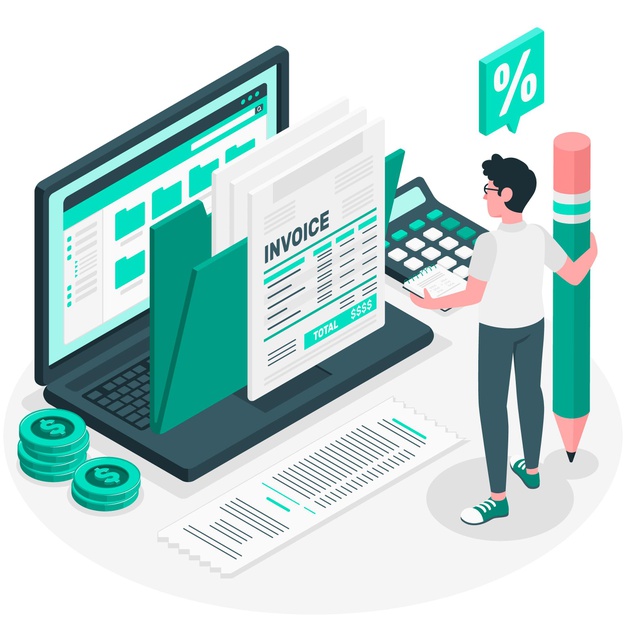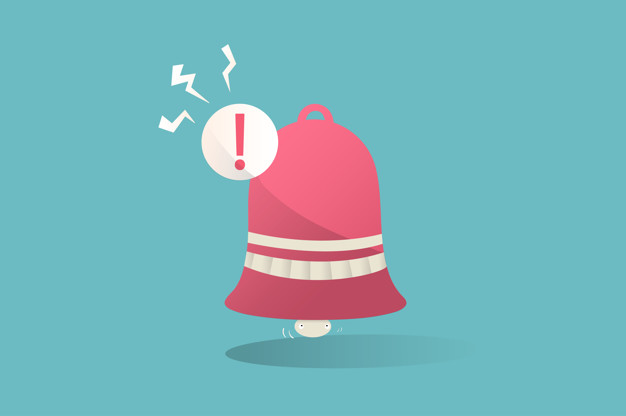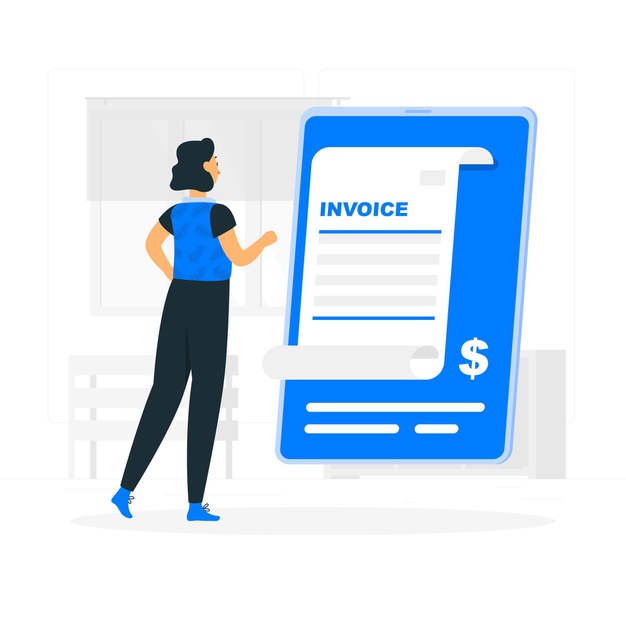
Freelancing can be stressful, but getting paid for your work doesn’t have to be. Every successful freelancer should feel comfortable creating an invoice, sending it to a client, and ensuring that they’re paid in a timely manner for the work that they completed. But knowing where to start, as well as how to proceed in a manner that’s easy, legal, and straightforward, can be more complicated than it sounds. This guide is designed to help you know where to start with invoicing and getting paid as a freelancer. No matter what kind of freelance work you’re doing, read on to learn more about how you can keep doing what you love and making sure that you’re getting paid to do it.
Design An Informative Invoice

The first step to ensuring that you receive payment for your work is actually sending out an invoice to your client. As simple as that may sound, many first-time freelancers don’t know where to begin with designing an effective invoice. Here is some of the most important information that you should include on all of your invoices:
- Contact information: this includes your name and contact information, as well as those of your client. Names, phone numbers, addresses, and emails are good information to include on any invoice to minimize confusion and streamline the invoicing process.
- Important dates: these include the date that the invoice was issued and the date that payment is due.
- An invoice number: this will make it easier for you to track your finances and for your clients to reference specific transactions with you.
- Line item descriptions and their costs: the more detailed you are, the better! Clearly describe each item or service rendered, along with its cost.
- Payment information: include details on how the customer can pay you (i.e., online, by check, or wire). This will ensure that your client has no excuse for not paying you on time.
Once you have a detailed invoice template drawn up, sending it out to customers will greatly improve the efficiency of your interactions. The best part? The less time you spend worrying about payment, the more time you can spend doing the work you love to do.
Don’t Be Afraid To Send A Reminder Email

If you’re concerned that a customer might forget to remit payment by the scheduled due date, why wait? Send them a polite reminder email informing them that their payment is due to you in one week (Check out this article on how to do just that). Offer to discuss payment plans or anything else they may have questions about so the message strengthens your working relationship. If the due date has elapsed and your client still hasn’t paid you within a few days of the agreed-upon date, don’t despair. Sending another polite reminder email that includes plenty of information on how they can pay their remaining balance and contact you with any questions is a good idea.
If more than a few weeks have gone by since the deadline, it’s fine to adopt a more serious (not rude!) tone in your emails. Consider trying to get your client on the phone to discuss the late payment. If you’re working with a client with whom you have a long-term relationship, inform the client that you’re going to stop working on their projects until your payment is received. Finally, if late payments are a recurring problem, it’s more than okay to implement late fees in future contracts to give your clients an incentive to pay on time. Remember: while it may be stress-inducing to have to ask clients to pay you, you deserve to be paid for the work that you’ve completed. Try to be firm and persistent without resorting to rudeness.
Establish A Clear Contract With Each Client

To ensure that clients know when they’re expected to pay, as well as how much, it’s important to draw up a meaningful contract establishing payment procedures with each client. Some freelancer platforms make it easy to generate lawyer-approved contracts that you can send to your clients with minimal effort. These contracts should include information about how much the client will pay, the due dates for when payment is due, any late fees that apply to late payments, and the process by which each client should remit payment. While this all may sound daunting, having a clear, solid contract in place is an excellent way to ensure that you’ll actually receive on-time payments from your clients.
Another way to ensure that you receive payment from each client is to include an upfront payment in your initial contract. By guaranteeing that you won’t begin work until you’ve received anywhere from 25% to 50% of the total project cost, you’ll be able to ensure that you get paid upfront, so that if the customer is a few days late with their second or third payment, it’s not catastrophic to you or your business.
Keep It Organized

Keeping track of your clients, how much money they’ve paid you, and how much money they still owe you can be confusing. Don’t get lost in the details. Instead, establish a system that makes it easy for you to track client payments and send reminder emails. A freelancer platform is a good method for keeping track.
Some of them can be used to send invoices and collect payments online from customers; they can also be used to send automated client reminder emails in case forgetful customers are late with their payments. Just because you’re a freelancer doesn’t mean your organizational system can’t be just as sophisticated as that of any big business: keep track of your business with a professional-grade platform. Using a B2B invoicing platform can also simplify the invoicing process for freelancers with multiple clients.
Freelancing is difficult enough as it is. Don’t add the stress of late payments and forgetful customers to your already full plate. By designing an informative invoice template, sending out reminder emails, drawing up helpfully detailed contracts, and using a freelancer platform to keep track of your many clients, you too can send out invoices and get paid for your work in record time. Get paid faster so you can get back to doing the work you love: it’s a win-win! You can check invoice templates here weareindy.com












